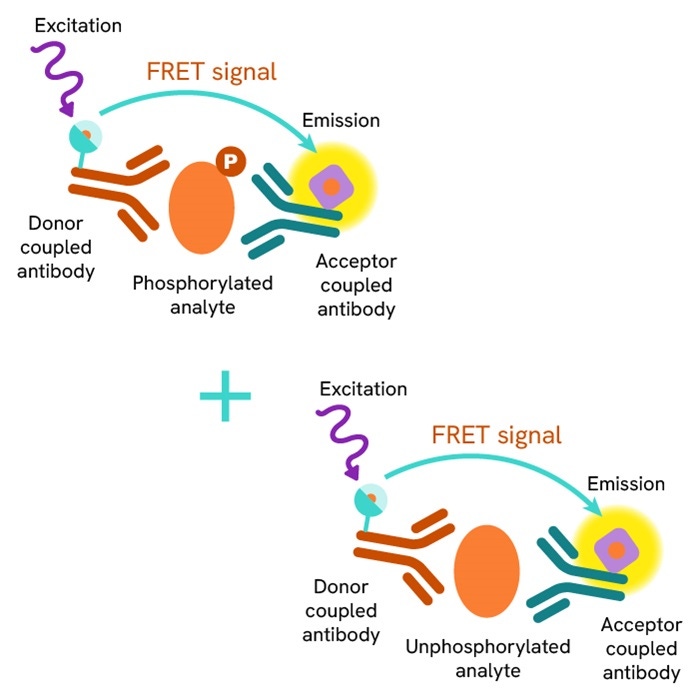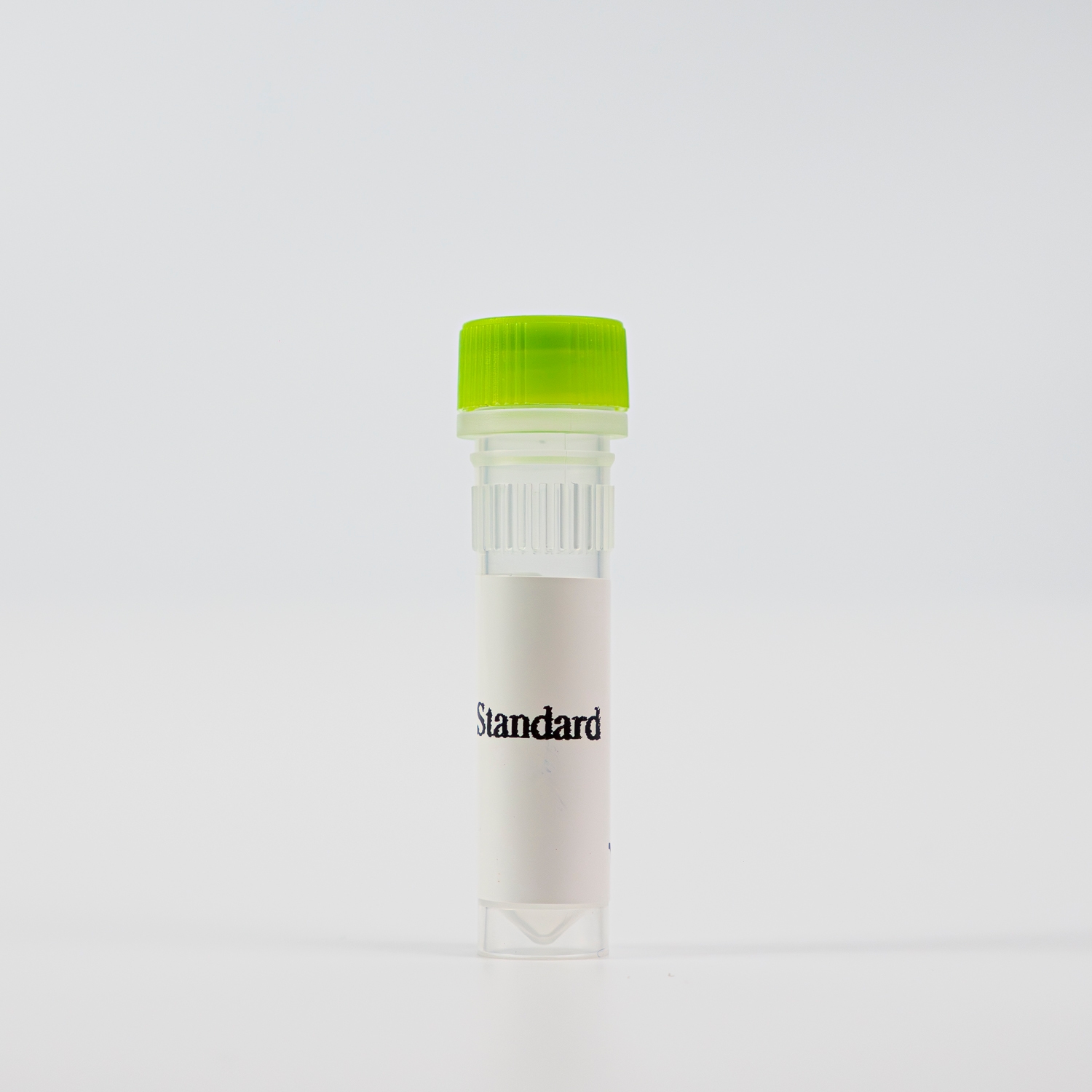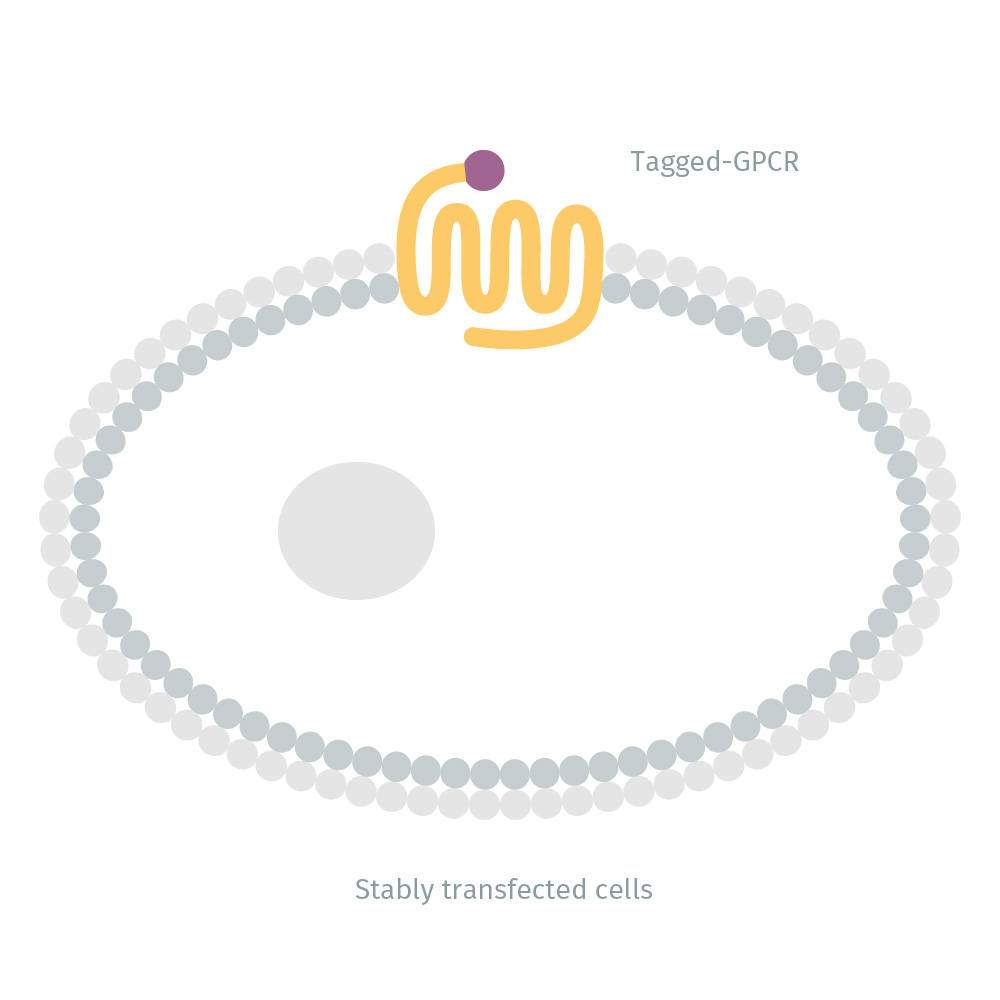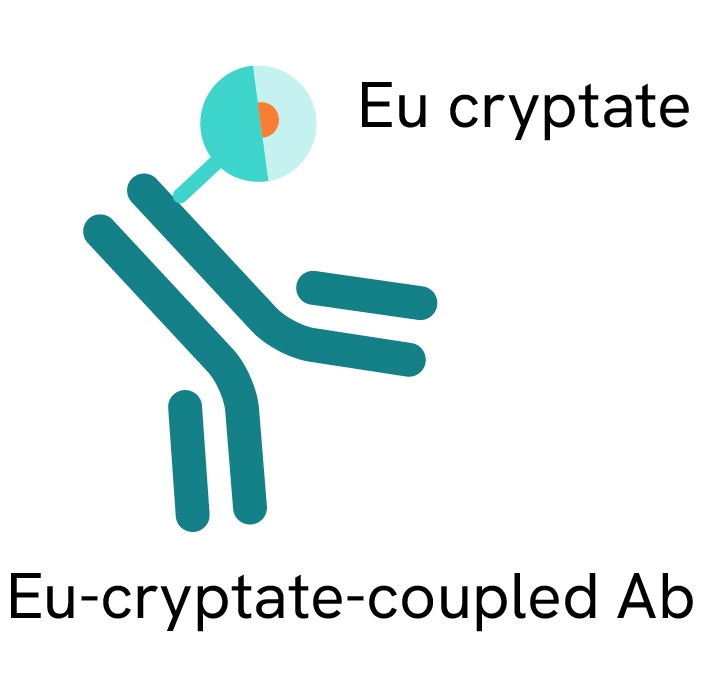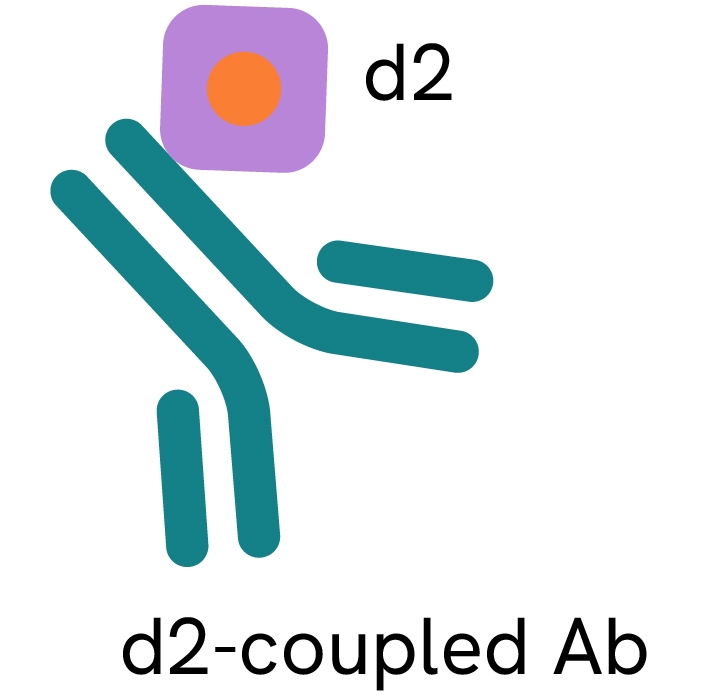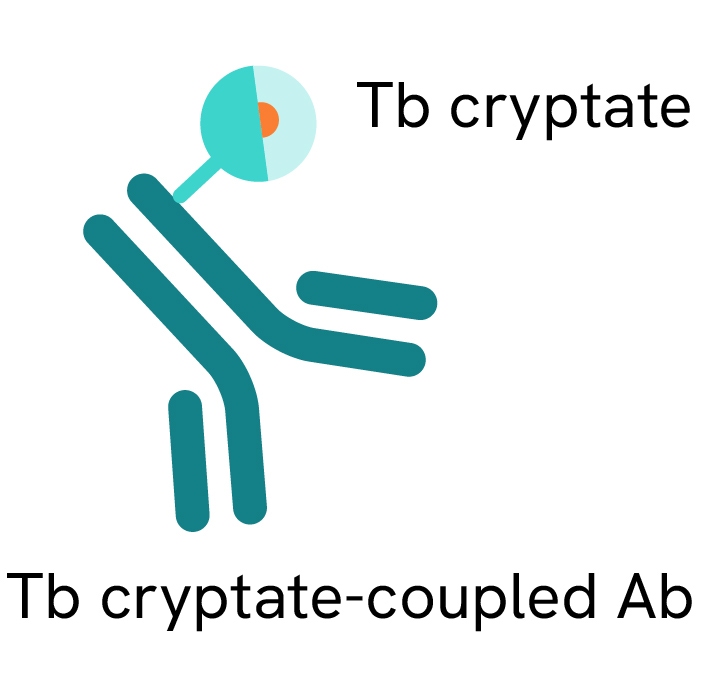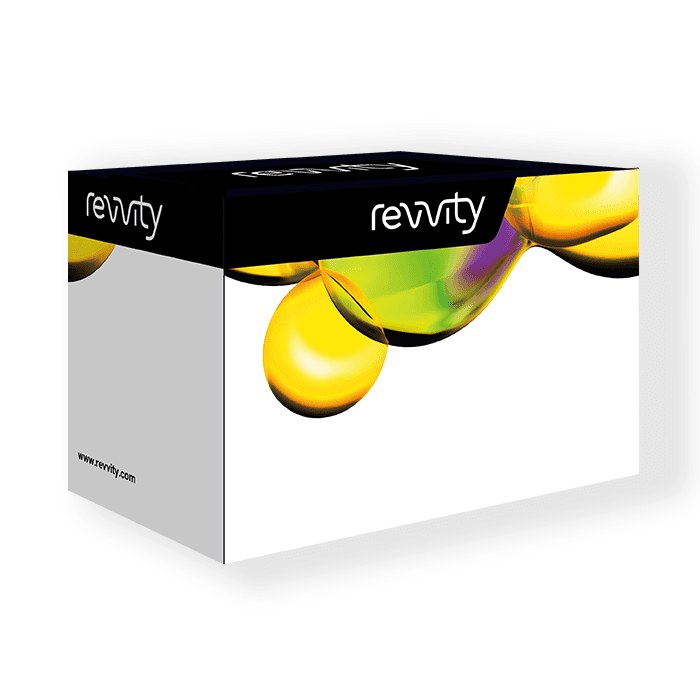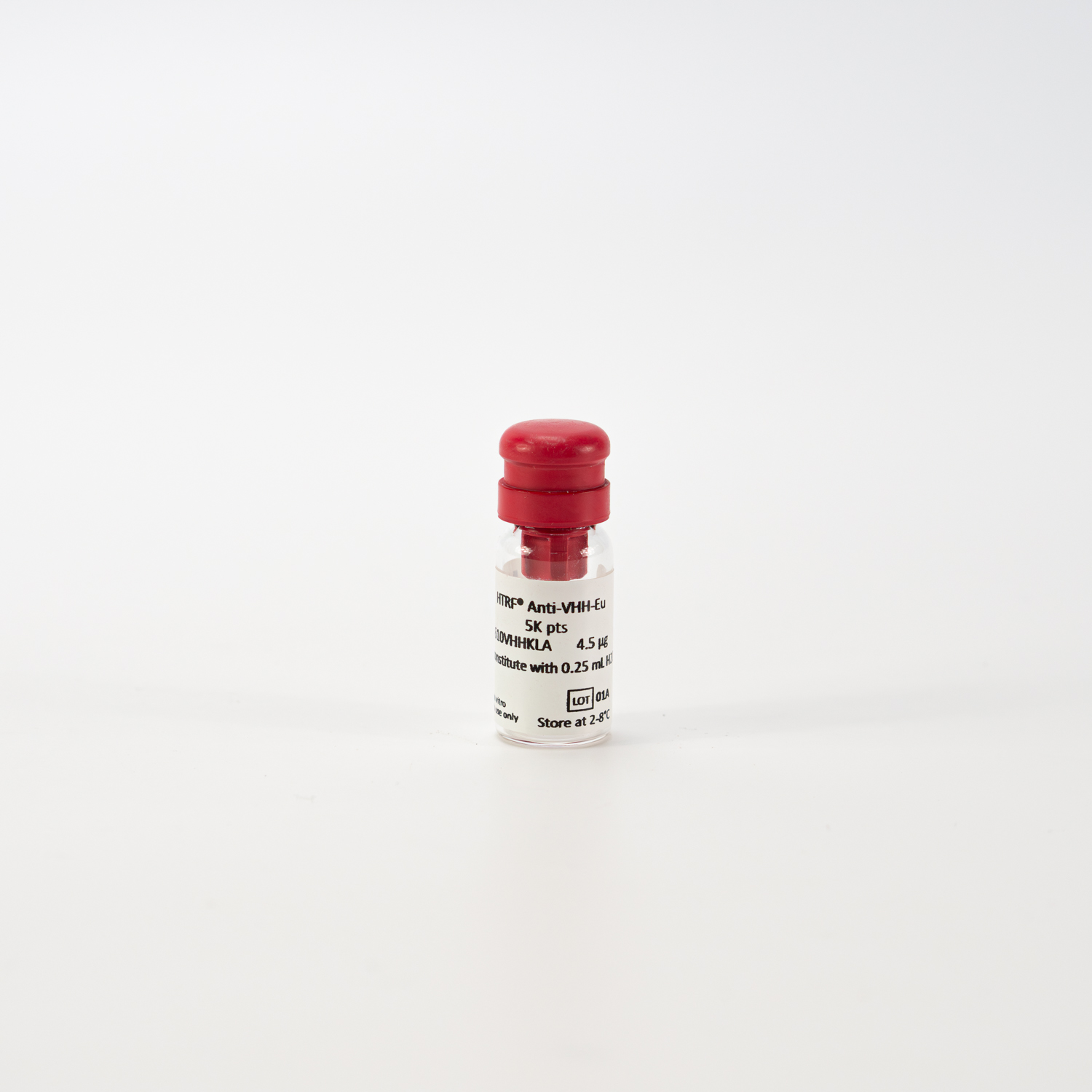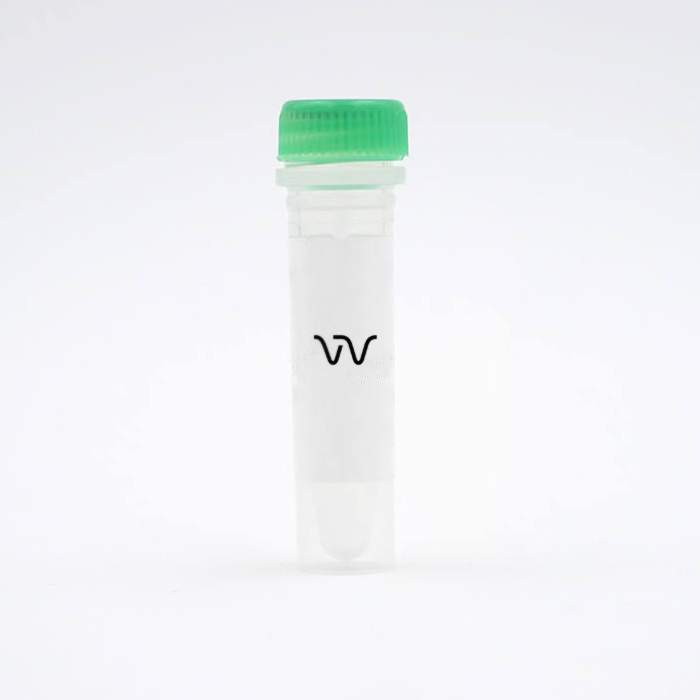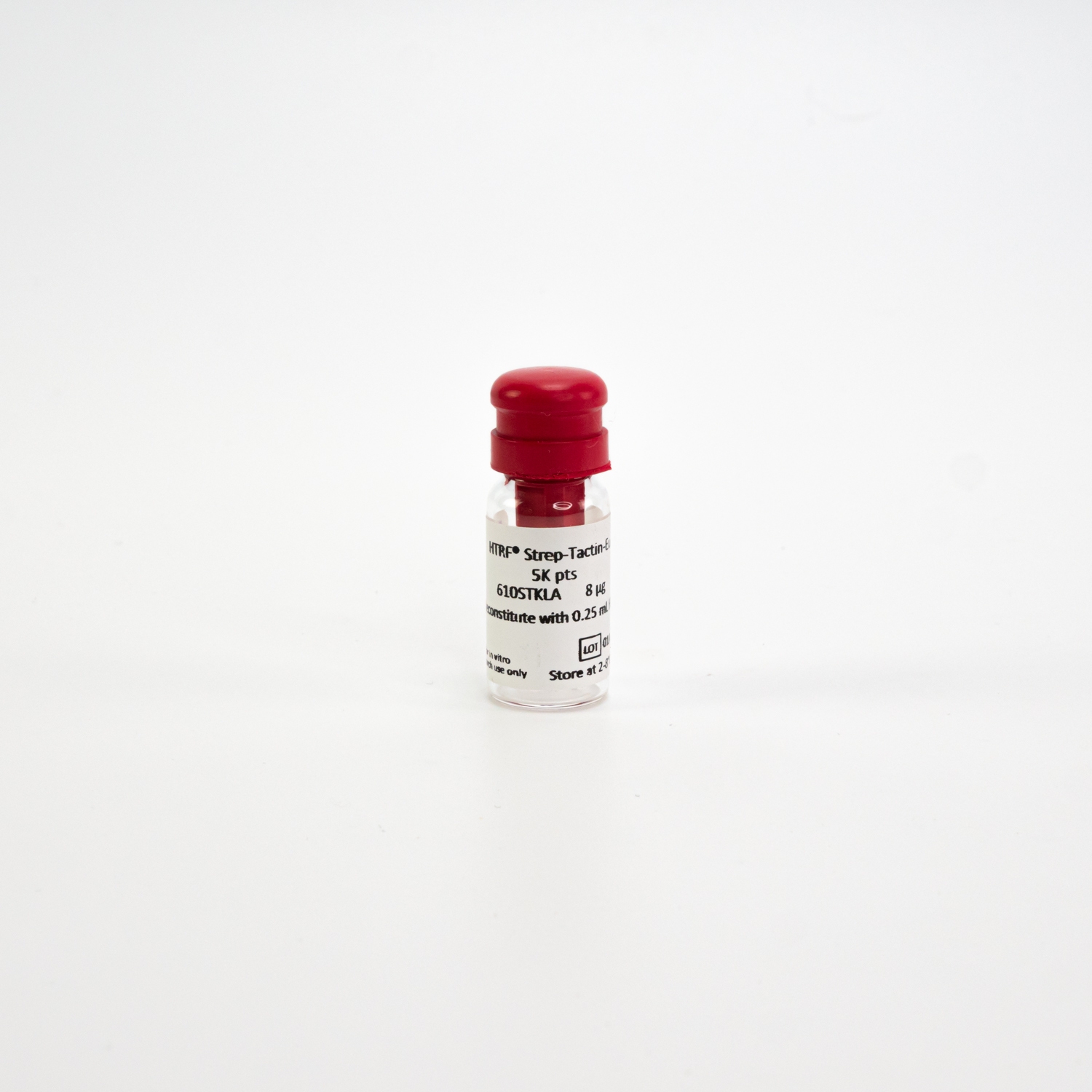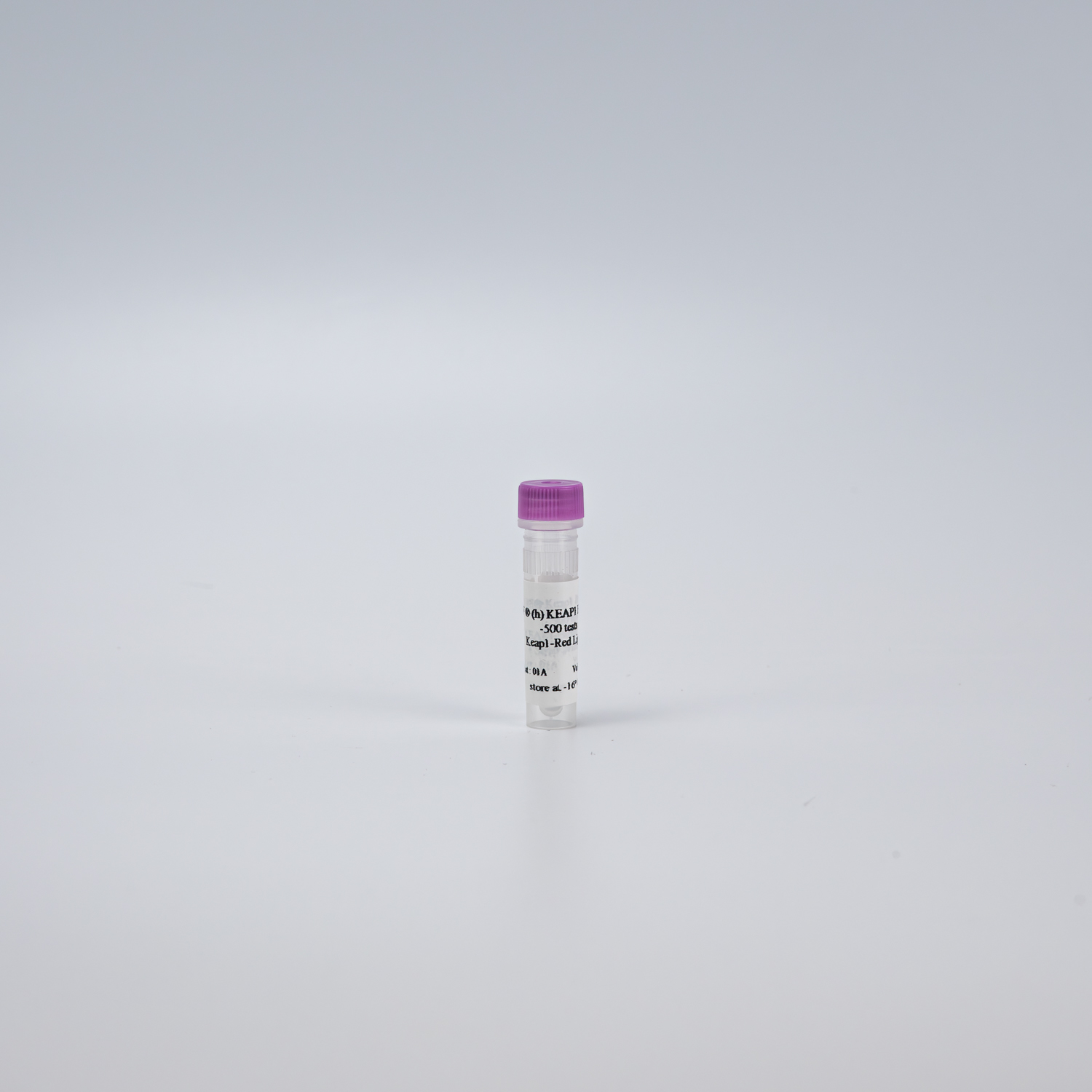Explore our solutions

Target area
Explore cell-based and biochemical assays by target area of interest, including cell and gene therapy, GPCRs, targeted protein degradation, and more.
Explore cell-based and biochemical assays by target area of interest, including cell and gene therapy, GPCRs, targeted protein degradation, and more.
- Biologics screening and characterization: Explore assays for biologics screening, mechanism-of-action studies, and biomanufacturing.
- Biomarker detection: Accurate detection and quantitation of molecular targets across serum, plasma, culture supernatants, cellular lysates, and other sample types.
- Cell and gene therapy: Discover and advance cell and gene therapy research with bioanalytical immunoassays for CGT development.
- Cell signaling: Focus on cell signaling and intracellular phosphorylated proteins, with streamlined approaches to pathway analysis.
- Cytokines: Access a comprehensive range of cytokine assay kits, including interleukins, interferons, chemokines, tumor necrosis factors, and lymphokines.
- Epigenetics: Leverage our epigenetics toolbox, designed to detect specific methylation and acetylation marks on histone peptide substrates.
- GPCRs: Measure cAMP levels and track downstream protein phosphorylation with functional GPCR assays.
- Protein kinases: Explore an extensive portfolio of protein phosphorylation assays, available in cell-based or biochemical no-wash formats.
- Protein-protein interactions: Utilize highly sensitive assays to study protein interactions involved in a range of biological processes.
- Receptor binding: Access cell-based solutions with no separation steps and eliminate radioactive waste, an improvement over traditional SPA and radioligand binding assays.
- Targeted protein degradation: Monitor protein expression levels and characterize the mechanism of action using our total and phospho kits.
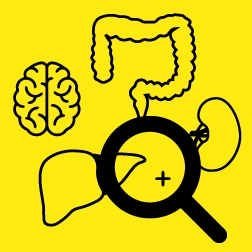
Therapeutic area
Explore cell-based and biochemical assays by your therapeutic area of research, including oncology, neuroscience, metabolic diseases, and more.
Explore cell-based and biochemical assays by your therapeutic area of research, including oncology, neuroscience, metabolic diseases, and more.
- Autoimmune diseases: Comprehensive reagents for autoimmune disease research, including rheumatoid arthritis, lupus, inflammatory bowel disease, multiple sclerosis, and more.
- Obesity, diabetes, and metabolic diseases: Solutions for drug discovery in obesity, diabetes, and metabolic diseases, featuring assays for biomarker detection, protein analysis, and GPCR research.
- Fibrosis: Ready-to-use assays for monitoring biomarkers, phosphoproteins, and transcription factors relevant to fibrotic disease research.
- Immuno-oncology: Assays for studying immunity and immune cells, covering protein, biomarker, and cytokine detection, as well as cell toxicity and proliferation.
- Oncology: A comprehensive oncology portfolio, including assays for cytokines, biomarkers, phospho-proteins, cell proliferation, cytotoxicity, and more.
- Neuroscience: A wide range of neuroscience assays to support research in neurodegenerative disorders such as Alzheimer’s, Parkinson’s, and Huntington's disease.
- Virology: Assay technologies for viral studies, enabling assessment of viral life cycles and antiviral immune responses with streamlined workflows.
Featured resources


Filters
1 - 25 of 1237 Products and services
This HTRF kit allows for the cell-based quantitative detection of Total WDR5.
This HTRF kit allows for the cell-based quantitative detection of Total HSP70-1A/1B.
The HTRF Mutant Ataxin 2 standard can be used to quantitate the amount of mutant Ataxin 2 present in a sample, when used in combination with the HTRF Mutant Ataxin 2 Detection Kit (64ATA2MPEG).
This lysate is a component of the phospho-Tyr91 DAP12 kit. It may be used as a positive control for DAP12 protein phosphorylation at Tyr91.
This lysate is a component of the Total ARID1A kit. It may be used as a positive control for ARID1A protein quantification.
This lysate is a component of the Phospho-Tyr992 Tie2 kit. It may be used as a positive control for Tie2 protein phosphorylation at Tyr992.
This lysate is a component of the Total PARP1 kit. It may be used as a positive control for PARP1 protein quantification.
This lysate is a component of the Total IRE1 kit. It may be used as a positive control for IRE1 protein quantification.
This lysate is a component of the Total Tie2 kit. It may be used as a positive control for Tie2 protein quantification.
This lysate is a component of the Total DAP12 kit. It may be used as a positive control for DAP12 protein quantification.
This lysate is a component of the Phospho-Ser724 IRE1 kit. It may be used as a positive control for IRE1 protein phosphorylation at Ser724.
This cell line stably expresses the Glucagon GLP1 receptor fused to a SNAP-Tag, and can be used in a Tag-lite application.
Eu cryptate-labeled anti-FLAG antibody for capturing FLAG-tagged proteins in protein/protein interaction assays.
HTRF Anti-VHH-d2 can be used to capture alpaca and llama VHH nanobodies.
Tb cryptate-labeled anti-FLAG antibody for capturing FLAG-tagged proteins in protein/protein interaction assays.
d2-labeled anti-FLAG antibody for capturing FLAG-tagged proteins in protein/protein interaction assays.
HTRF Anti-VHH-XL665 can be used to capture alpaca and llama VHH nanobodies.
HTRF Anti-VHH-Tb cryptate can be used to capture alpaca and llama VHH nanobodies.
HTRF Strep-Tactin®-Tb cryptate can be used to capture Strep-tag® II and Twin Strep-tag®-tagged proteins.
HTRF Anti-VHH-Eu cryptate can be used to capture alpaca and llama VHH nanobobies.
HTRF Strep-Tactin®-XL665 can be used to capture Strep-tag® II and Twin Strep-tag®-tagged proteins.
HTRF Strep-Tactin®-Eu cryptate can be used to capture Strep-tag® II and Twin Strep-tag®-tagged proteins.
HTRF Strep-Tactin®-d2 can be used to capture Strep-tag® II and Twin Strep-tag®-tagged proteins.
The Tag-lite HTR4 Serotonin receptor plasmid is used to transiently or stably transfect cells in order to develop an A1 Adenosine receptor binding assay.
HTRF KEAP1-Red Ligand is a derivative of the NRF2 ligand and can be used as a fluorescent tracer for HTRF KEAP1-Red Ligand binding assays, associated with the HTRF KEAP1 Binding kit.






























